Nintendo has been a video game giant since the early 1980s. For about 15 years, big-budget Nintendo games cost $60. In fact, that was the standard game price across the industry. Meanwhile, Nintendo’s consoles are generally cheaper than most competing gaming systems, such as the Xbox and the PlayStation. Its consoles have never cost more than $300…until now.
At $450, the Switch 2 is Nintendo’s priciest console. And Mario Kart World is priced at $80 — the most expensive base game Nintendo has ever released. Some fans are outraged by the price increase. But some industry analysts say that it’s time for games to be more expensive, considering the rising costs of game development and inflation, among other factors.
So, why is Nintendo suddenly so expensive? And what does an $80 game mean for Nintendo and the entire video game industry?



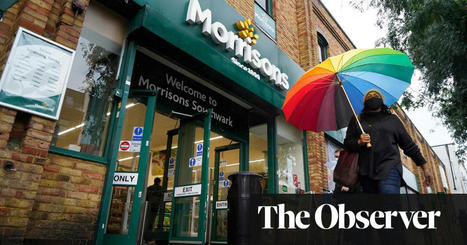


 Your new post is loading...
Your new post is loading...


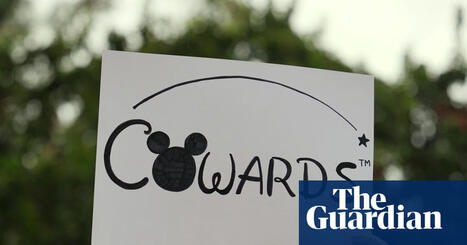


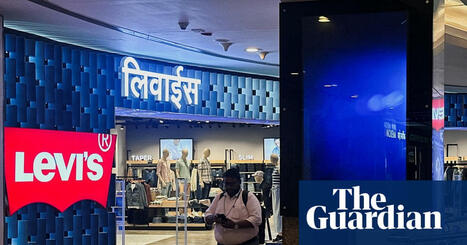


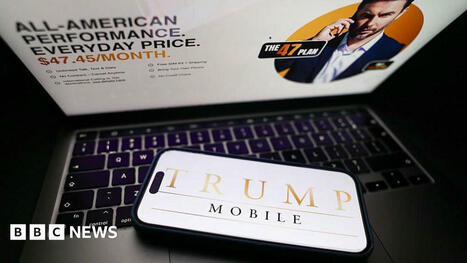


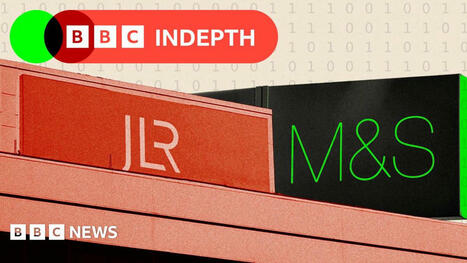



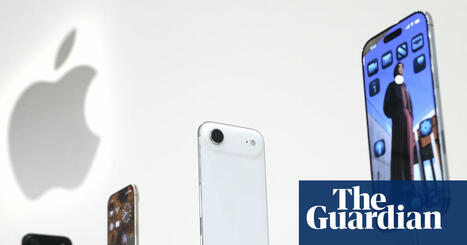
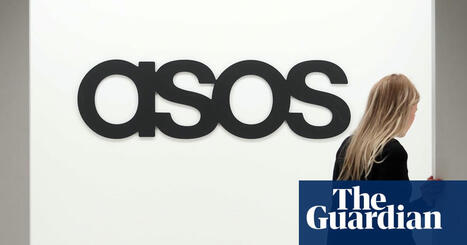


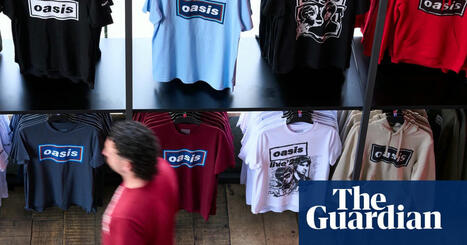
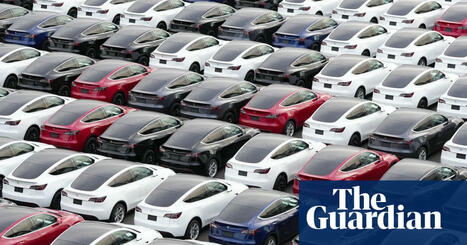






Just the very best sort of article for Business Management students, with the Guardian looking at the fate of Morrisons since it was taken over by the giant US private equity firm Clayton, Dubilier & Rice (CD&R) for £7bn.
It looks at a range of issues: the marketing mix, brand perception, the way in which the deal was originally financed and the implications of all of this for Morrison's performance, perhaps most obviously in relation to its declining market share.
Or course, the counter-factual is that the company could have gone in this direction irrespective of its new owners, but it's a fascinating look at how organisational cultures can collide.